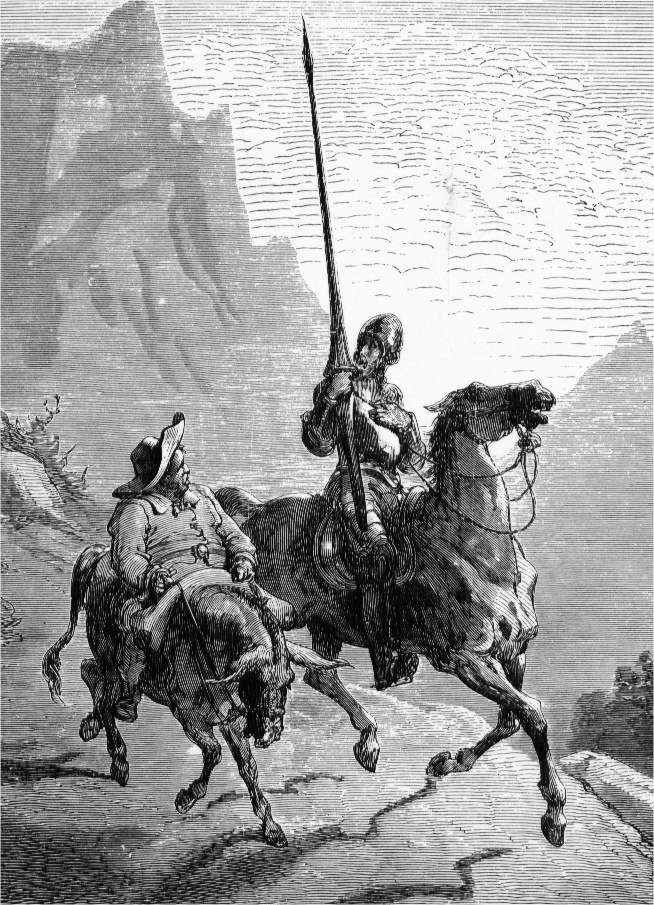Hee Hee! This works on so many levels.
[video=youtube;JmHRx3211OE]http://www.youtube.com/watch?v=JmHRx3211OE[/video]
[video=youtube;JmHRx3211OE]http://www.youtube.com/watch?v=JmHRx3211OE[/video]

Apart for the dribbling from the gag, no damage.
Bob
Hee Hee! This works on so many levels.
[video=youtube;JmHRx3211OE]http://www.youtube.com/watch?v=JmHRx3211OE[/video]
I'm not saying anything but why did Bob have that gag so handy?! I think he's been "entertaining" again! That and the steel shutters on a 2nd story window, he's a naughty boy.

sober from Hogmany Goatboy ? The tenth today by the way

For us WW2 plane fans. I'd never heard of this one before, the Dornier Do 335. I came upon this by chance.
[video=youtube;6axBDxgbqgE]http://www.youtube.com/watch?v=6axBDxgbqgE[/video]
A strange looking beast, thankfully it never saw service.
Good piece about Don Quixote. I enjoyed reading that.
